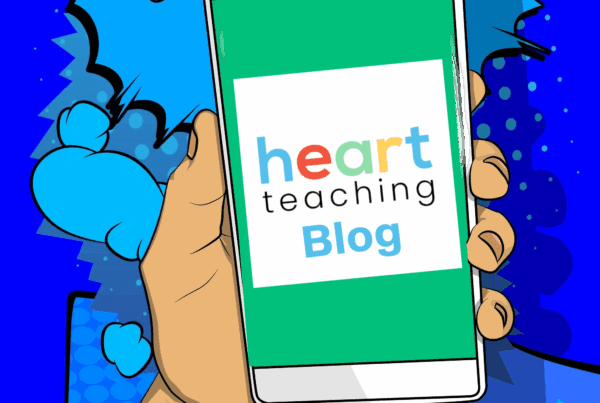Summer break is a great opportunity to support SEN students with sensory activities that keep them engaged, calm, and learning — even outside the classroom.
At Heart Teaching, we know how important it is to maintain sensory routines during holidays to help pupils regulate and thrive.
Why Sensory Stimulation Matters in Summer
Changes in routine can be challenging for SEN pupils. Sensory activities provide structure, promote relaxation, and prevent sensory overload or boredom.
Easy Sensory Stimulation Ideas for Summer
1. Water Play
Playing with water—whether in a paddling pool, sprinklers, or water toys—offers calming tactile and temperature sensations.
2. Nature Exploration
Collect leaves, rocks, or flowers to explore different textures, smells, and sights during outdoor walks.
3. Sensory Bins
Fill containers with sand, rice, or beans and hide small toys for hands-on discovery and fine motor practice.
4. Bubble Blowing
Blowing bubbles encourages breath control and visual tracking while being fun and calming.
5. Ice and Cold Sensory Play
Handling ice cubes or cold objects can provide unique tactile feedback and cooling sensations.
Tips for Families and Caregivers
-
Keep activities short and flexible to match the child’s attention span.
-
Use visual schedules or timers to create predictability.
-
Encourage outdoor play to combine sensory input with physical exercise.
-
Adapt activities to suit individual preferences and sensory needs.
Final Thoughts
Summer sensory activities help SEN students stay engaged and regulated, supporting their wellbeing and readiness for the school year ahead.
At Heart Teaching, we’re here to help families and educators find practical ways to support sensory needs year-round.





